
views
Sprinkle boric acid on wood with signs of dry rot.
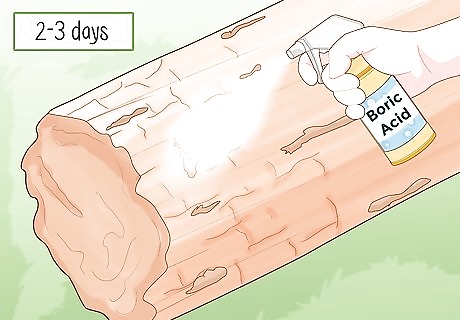
You can stop dry rot with boric acid if you catch it early enough. Boric acid is a powerful fungicide and can eradicate the rot-causing fungi as long as they haven't penetrated more than ⁄4 inch (0.64 cm) into the wood. Sprinkle the boric acid over the rotting portion of your wood or timber and leave it there for 2–3 days. Dry rot typically looks like puffy, white mold growing out of timber or other wooden surfaces. The rot occasionally “blooms” and produces cobweb-like strands that hang from the rotting wood or yellow-colored lumps of fungal growth. In serious cases of dry rot, you may notice that the wood simply crumbles away. Purchase boric acid at a large hardware store or home-improvement store. Many large grocery stores also stock boric acid. Check in the store's cleaning or household-goods aisle.
Scrape away rotted wood for a serious case of dry rot.

Use a trim router to remove the damaged wood. If the dry rot extends deeper than ⁄4 inch (0.64 cm), boric acid won't have much of an effect. You'll need to scrape away the rotted wood, which will take the rot-causing fungus with it. Place a bit into the trim router, then plug it in. Hold the router vertically over the timber and turn it on. Move it smoothly back and forth over the rotted area so the router gouges out all of the rotten wood. You can purchase a trim router at a local hardware store. The tool comes with a variety of bits, so select the one best suited to the timber you're trimming.
Fill in the wood with an epoxy bonding agent.
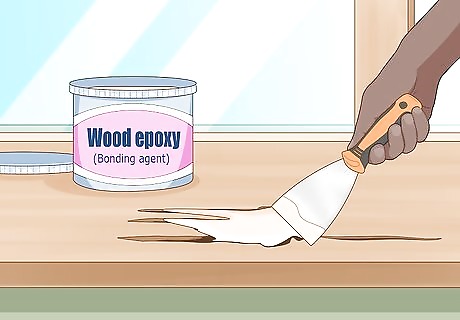
Epoxy dries solid to strengthen the damaged section. Follow the manufacturer's directions and mix together the various chemical components that form the epoxy. When it's reached a thick, putty-like consistency, smear the epoxy into the gouged-out section of wood with a putty knife. Let the epoxy dry overnight for at least 6-8 hours. Keep any curious children or wandering animals away from the epoxy as it dries.
Sand the epoxy so it's flush with the rest of the wood.
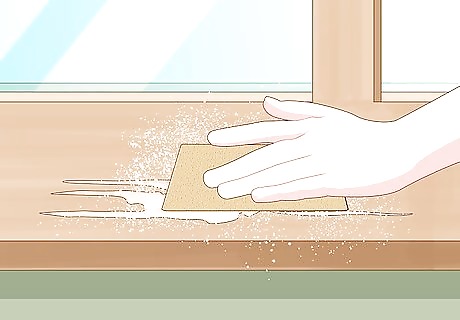
Use coarse 80-grit sandpaper from a local hardware store. Once the epoxy has set and dried, slide the sandpaper across the dried epoxy several times until you've smoothed the material down to the same level as the surrounding wood. Work in smooth strokes and apply a consistent amount of pressure as you sand the wood. If the timber or wood is in a part of your home where it'll be seen, you might want to go over the epoxy once more, this time with a 120-grit sandpaper. This will smooth it out further and make it look more finished.
Stop any water leaks near timber in your home.
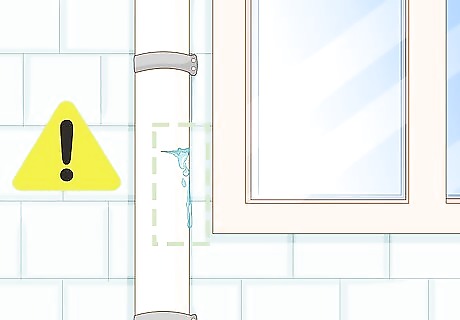
Any wooden beams or supports near a leak will be susceptible to dry rot. In most homes, leaks occur near water spigots or behind appliances. If you're aware of a leak in your home, turn off the water to the specific pipe that's leaking. Then contact a plumber to come to your home and fix the leak as soon as possible. Even if you're not aware of any leaks, it's smart to check through your home on a monthly basis and make sure that pipes tucked away beneath your sink or behind your washing machine aren't leaking.
Ventilate areas where a leak has soaked wooden beams or timber.

Open the windows and doors in the room with the wet timber to encourage airflow. If you have wet wood in your home, it's crucial that you dry it out as fast as possible to prevent dry rot from infecting the wood. Also set 2–3 large box fans in the room: point 1 directly at the wet wood and place 1 or 2 more blowing air past the wood and towards an open door or window. Purchase box fans at a hardware store or a home-improvement store near you.
Check that heating works in all of your rooms.

In chilly or wet months, moisture can accumulate in rooms that aren't well heated. This leads to dry rot. So, at the beginning of your wet or cold season, check the heater in every room of your house (including the basement!) and make sure it works. If your home is centrally heated, check all of the air vents in your home at least twice per winter to make sure they're blowing out hot air and not obstructed. If you have electrical heaters in your home and 1 isn't working, contact a local electrician. Ask them to pay a visit to your home and repair the malfunctioning heater.
Apply a borate preservative to permanently prevent dry rot.
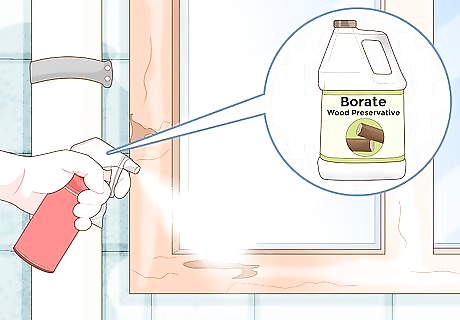
Treating exposed timber with a borate wood preservative will ensure that it's rot-proof. If you're concerned that timber may get infected with dry rot in the future, your best bet is to coat the exposed ends of the wood with a liquid borate preservative. Dip a small 2 in (5.1 cm) paintbrush into the container of liquid borate. Use short, even strokes to paint a thick layer of the borate preservative onto whatever timber you'd like to treat. Borate—another term used for boric acid—is a powerful fungicide that's sold at most hardware stores.











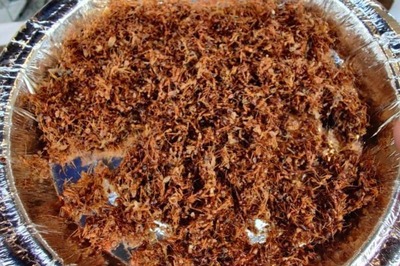





Comments
0 comment